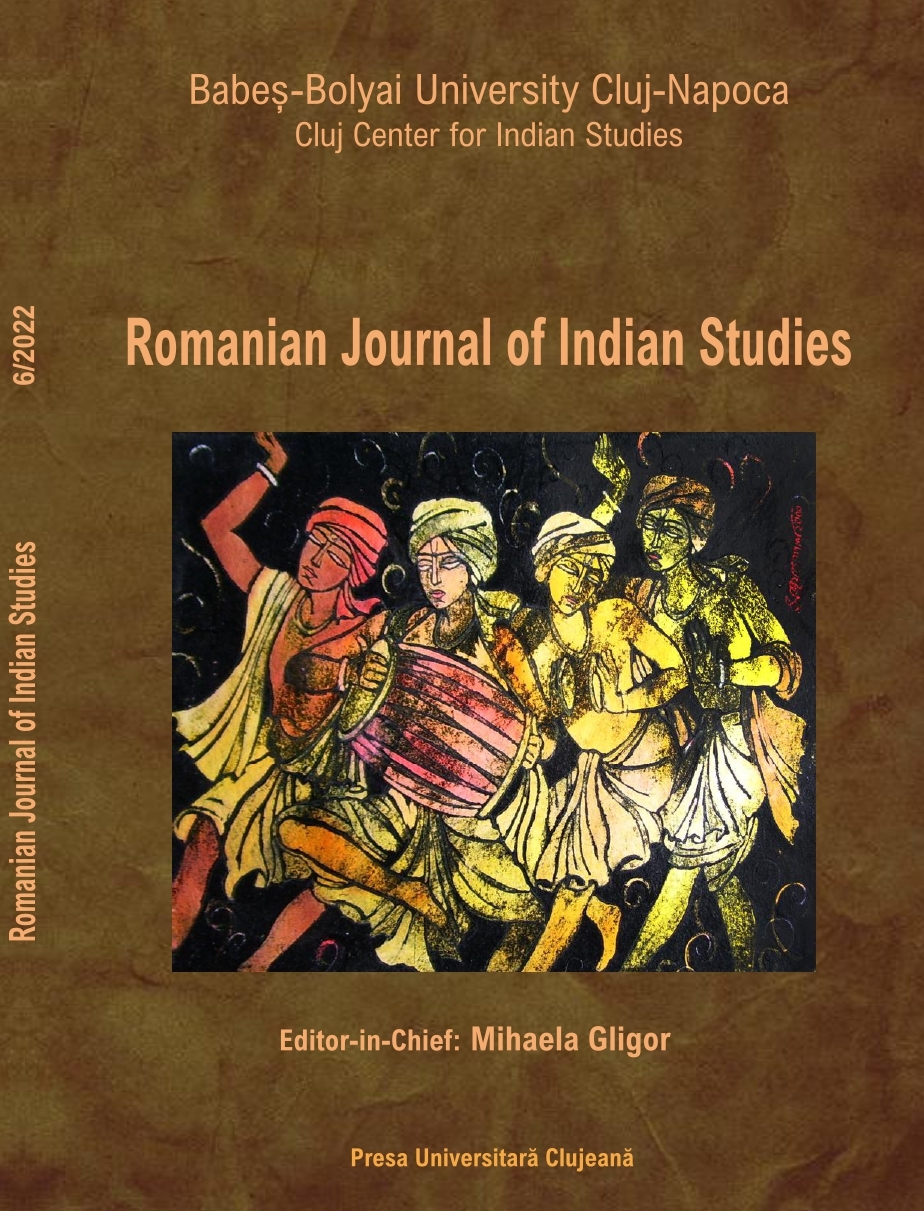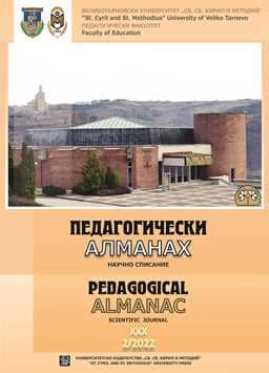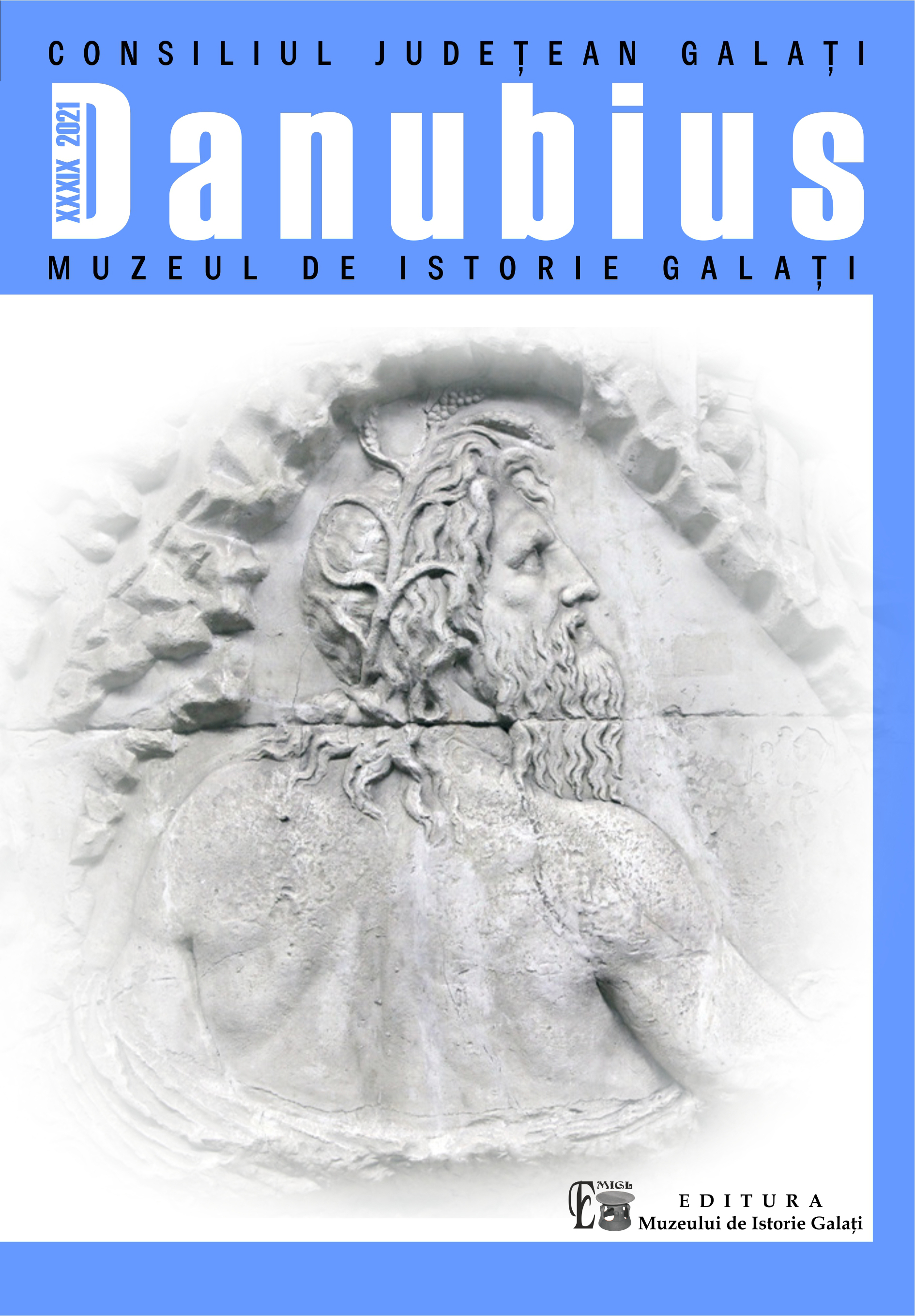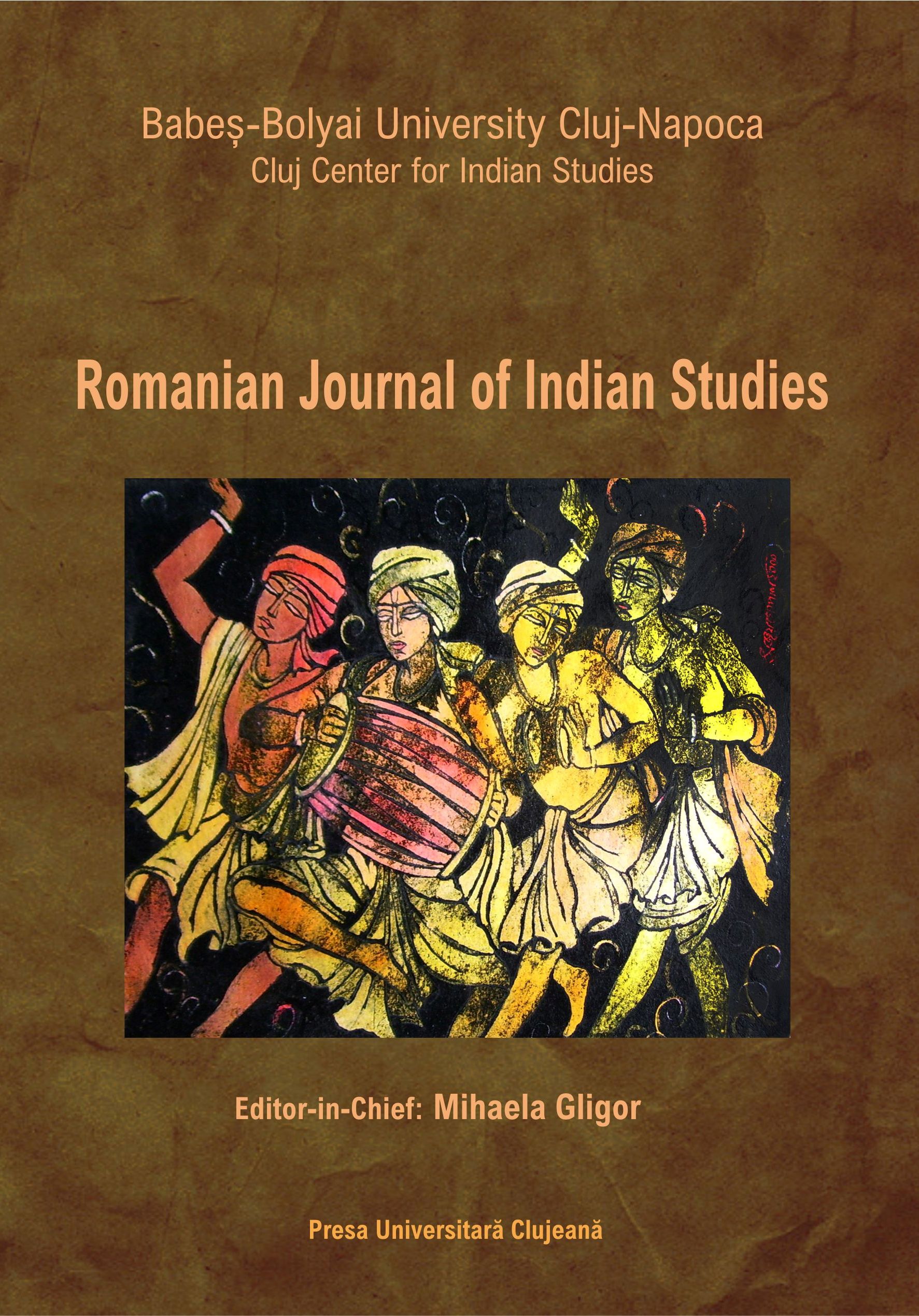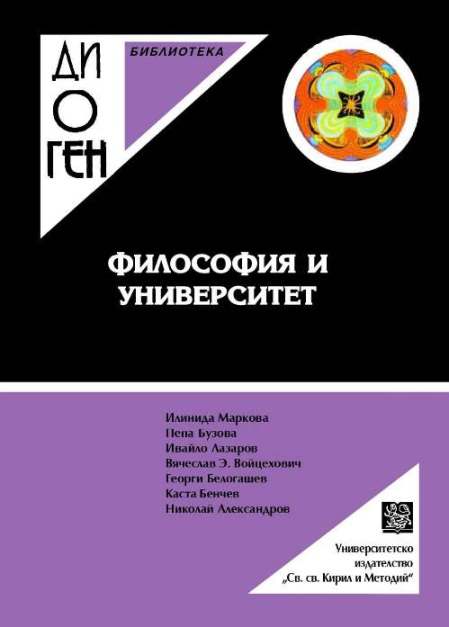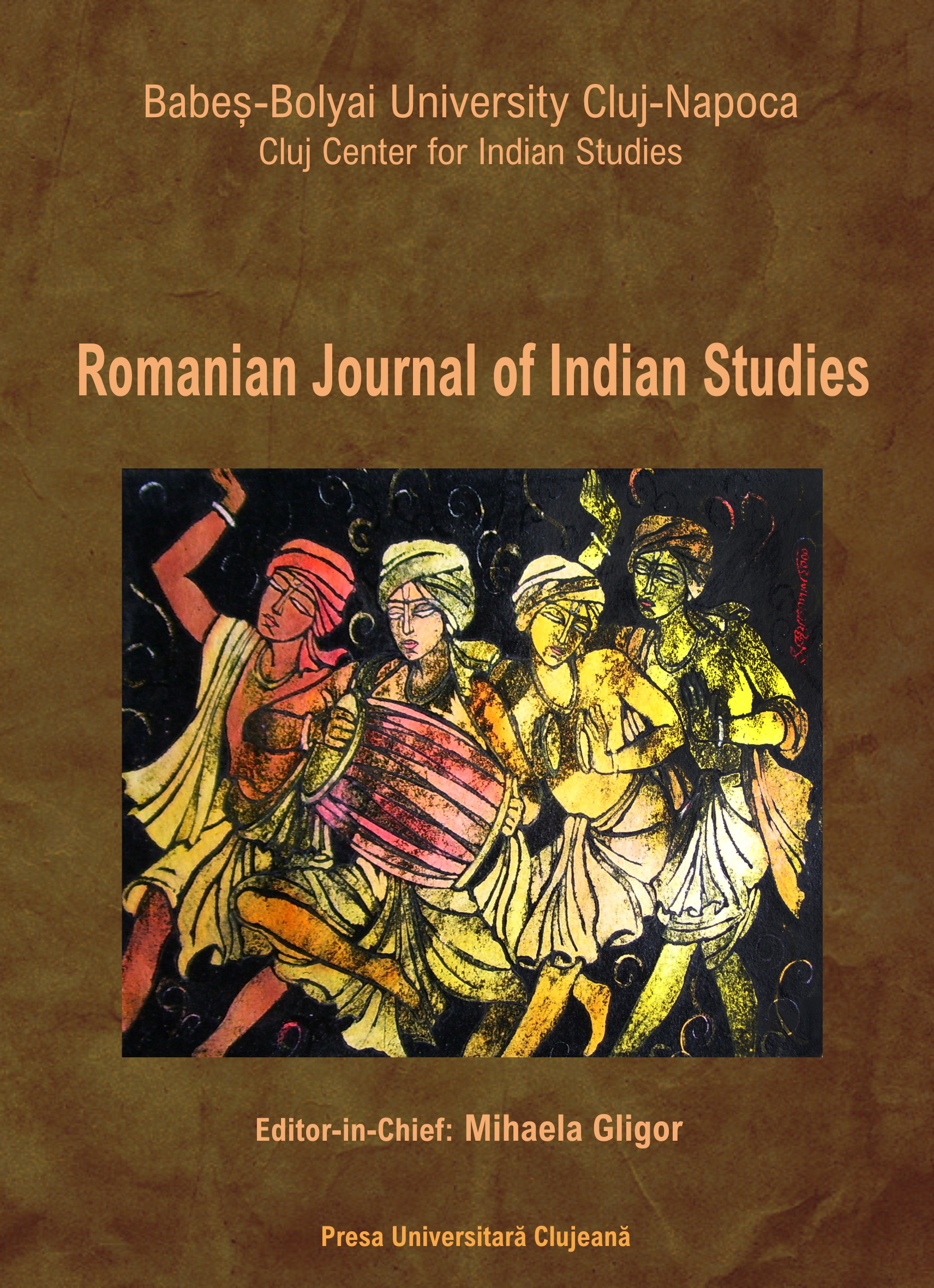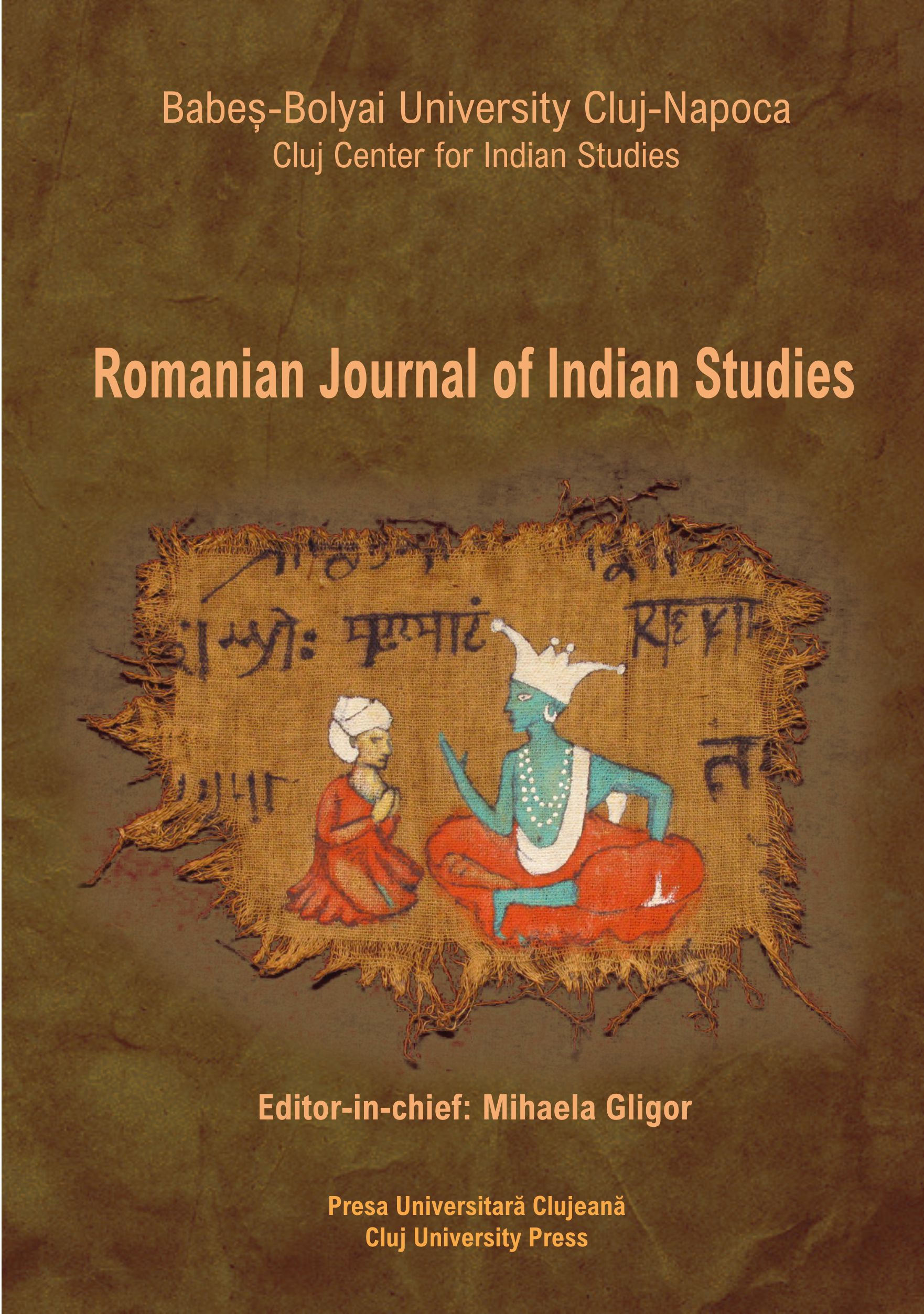
On the image of Padmasambhava in Tibetan texts preceding Zangs gling ma
This paper reviews five texts regarding Padmasambhava, which were written before Zangs gling ma (dBa' bzhed and four manuscripts discovered in Dunhuang – Pelliot tibétain 44, IOL Tib 321, IOL Tib J 644 and Pelliot tibétain 307), in an attempt to outline a historical portrait of Padmasambhava, different from the mythologized portrait shaped by Zangs gling ma and the revealed biographies following it.
More...
